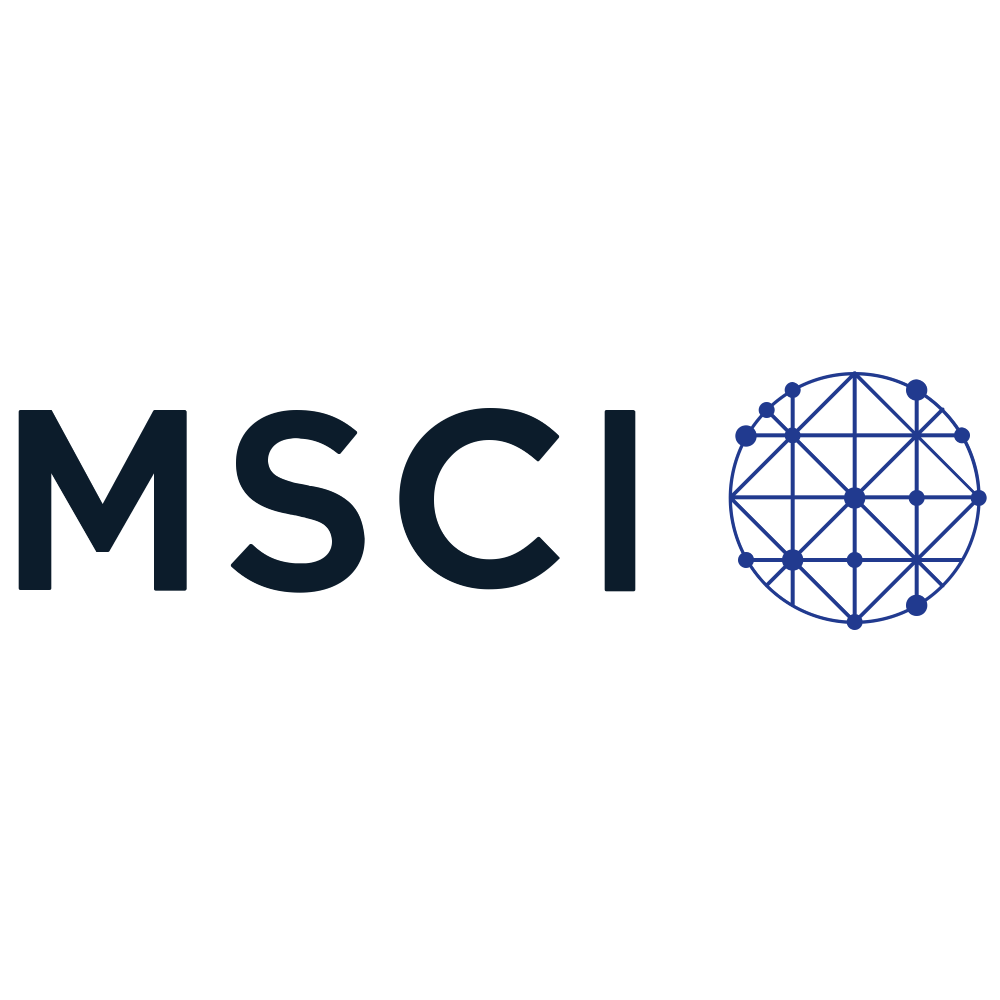National eHealth Infrastructure case study - Group
Electronic Health Service Space
Health Informatics. Process Optimization. Digitalization.
About the platform
The Hungarian EHSS is designed to combine new digital technology with international best practices in healthcare, a similar model to digital healthcare systems in Estonia, Ireland and the United Kingdom.
The system was put to a real test when COVID hit the world in 2020. Here’s how the government collaborated with industry professionals and a global technology company to provide a digital response to the challenges of the global pandemic.
“Liferay is a secure formula for the long term, because it's widely used as an industrial solution, is stable in terms of technology and has great availability of expertise.”
The challenge
The EHSS is a central system, consolidating all information from multiple medical IT systems into one place. Previously, patients had to access their information from one place, and bring their own journals to their medical appointments. Now that all professionals have access to the central records, the experience for the patient has been radically improved. This also simplifies common healthcare tasks such as e-prescriptions and e-referrals.
Hungary has a population of 10 million people, and managing the availability, security and scalability of the services at this scale required careful planning. Because the patient care process can't be compromised, it had to get set up in a very scalable architecture, using the latest generation technology. The system has been designed to maintain a fast response time with a large number of concurrent users, and now supports 33 000 citizen entries, 25 000 professional entries and 850 000 new prescriptions every day.
When the COVID pandemic hit, this system needed to be developed incredibly quickly in response. It was suddenly necessary to offer new healthcare services such as COVID test appointments, vaccinations and statistics. These services are complex, and needed to be continuously adapted to the epidemiological situation as it evolved. All of them are still in continuous development.
Hungary has a population of 10 million people, and managing the availability, security and scalability of the services at this scale required careful planning. Because the patient care process can't be compromised, it had to get set up in a very scalable architecture, using the latest generation technology. The system has been designed to maintain a fast response time with a large number of concurrent users, and now supports 33 000 citizen entries, 25 000 professional entries and 850 000 new prescriptions every day.
When the COVID pandemic hit, this system needed to be developed incredibly quickly in response. It was suddenly necessary to offer new healthcare services such as COVID test appointments, vaccinations and statistics. These services are complex, and needed to be continuously adapted to the epidemiological situation as it evolved. All of them are still in continuous development.
Delivering digital healthcare with Liferay
Liferay offers an ideal platform for the electronic health system, because it excels at integrations between systems, and offers the highest grade security and reliability needed for this large-scale system.
Webtown provided development services at a rapid pace, building out the covid response system within the platform as the pandemic took hold. The team built a testing appointment application which was used by the Hungarian National Ambulance and Emergency Service. The vaccination services were also built on Liferay, including systems to send invitations, manage appointments and show evidence of a citizen having had their vaccinations done.
Behind the scenes, digital services were developed to improve the effectiveness of hospitals and healthcare professionals to deal with the pandemic. An information portal made it possible for hospitals to report data about their resources available on a daily basis, thus helping the daily work of central operational staff. A portal for Personal Protective Equipment (PPE) was developed, along with an ordering system to meet the needs introduced by the pandemic situation. This provided a digital platform for the protective equipment procurement process, making sure the protective equipment was distributed efficiently.
The digital services were essential in the fight against the virus, because they made medical attendance safer and more efficient by reducing face-to-face meetings between patients and doctors. This was achieved by remote prescription, the electronic transmission of findings and referrals, as well as the central hospital COVID data collection and reporting system linked to the EHSS.
Webtown provided development services at a rapid pace, building out the covid response system within the platform as the pandemic took hold. The team built a testing appointment application which was used by the Hungarian National Ambulance and Emergency Service. The vaccination services were also built on Liferay, including systems to send invitations, manage appointments and show evidence of a citizen having had their vaccinations done.
Behind the scenes, digital services were developed to improve the effectiveness of hospitals and healthcare professionals to deal with the pandemic. An information portal made it possible for hospitals to report data about their resources available on a daily basis, thus helping the daily work of central operational staff. A portal for Personal Protective Equipment (PPE) was developed, along with an ordering system to meet the needs introduced by the pandemic situation. This provided a digital platform for the protective equipment procurement process, making sure the protective equipment was distributed efficiently.
The digital services were essential in the fight against the virus, because they made medical attendance safer and more efficient by reducing face-to-face meetings between patients and doctors. This was achieved by remote prescription, the electronic transmission of findings and referrals, as well as the central hospital COVID data collection and reporting system linked to the EHSS.
The future of EHSS
The future is clearly moving towards more use of this central health management system. Several Liferay-based applications are being created, and the existing system is continuously developed in line with new needs, such as booking appointments for the third and fourth vaccination.
Further development of the EHSS will reduce the burden of medical administration, improve the ability to store electronic documents, and facilitate even more central support services. The central management of waiting lists and the implementation of the central healthcare mobile application and eHealth will also be given special emphasis.
Further development of the EHSS will reduce the burden of medical administration, improve the ability to store electronic documents, and facilitate even more central support services. The central management of waiting lists and the implementation of the central healthcare mobile application and eHealth will also be given special emphasis.







